After years of competitive running with personal bests of 31:13 in the 10K and 15:09 in the 5K, and many hours spent running in the cold, I've learned that winter training separates committed runners from casual ones.
Those cold, dark months aren't just something to endure—they're your opportunity to build the aerobic foundation that delivers personal bests when racing season arrives.
As a UESCA-certified running coach, I've consistently seen that athletes who embrace winter training properly emerge stronger, faster, and mentally tougher come spring.
Key Takeaways
- Winter running builds mental toughness and aerobic capacity that translates directly to spring race performances.
- Proper layering with moisture-wicking base layers and a protective outer layer is key for comfort and safety.
- Training by effort and heart rate becomes more important than hitting specific paces in poor conditions.
- Consistent winter training blocks have produced my best spring performances, including multiple sub-32-minute 10Ks and a 1:09 half-marathon
Why Winter Training Delivers Spring Breakthroughs
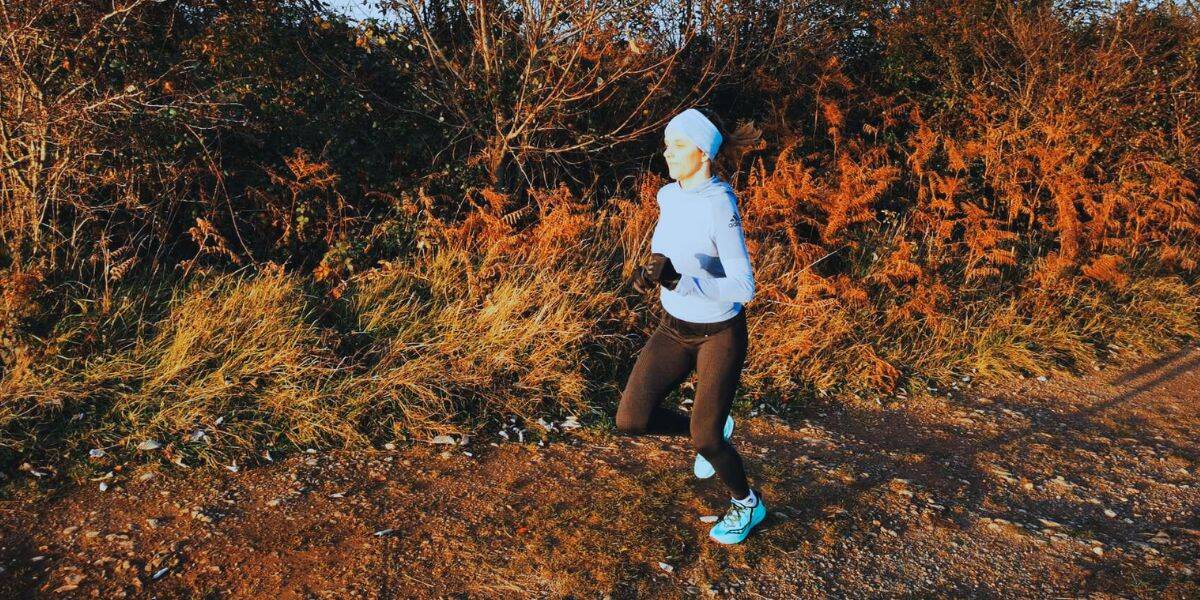
Winter training isn't about maintaining fitness—it's about building the foundation for your best performances.
Research analyzing over 1,200 elite endurance races as published on the National Library of Medicine found that optimal racing temperatures range from 10-17.5°C air temperature.
This is why winter training blocks are so valuable, you're building the aerobic foundation during cold months that pays dividends when spring race conditions align perfectly with peak performance temperatures.
Running in cold weather releases endorphins that combat the winter blues. Those long runs that start with rain pouring down in January might feel miserable at the start, but they forge mental resilience that becomes invaluable when racing gets tough.
Moreover, winter provides fewer distractions—no summer holidays, fewer social commitments. The new year brings renewed focus, and many runners find themselves more disciplined with their training during this period.
This consistency is what transforms good runners into great ones.
The Mental Game: Building Toughness Through Winter
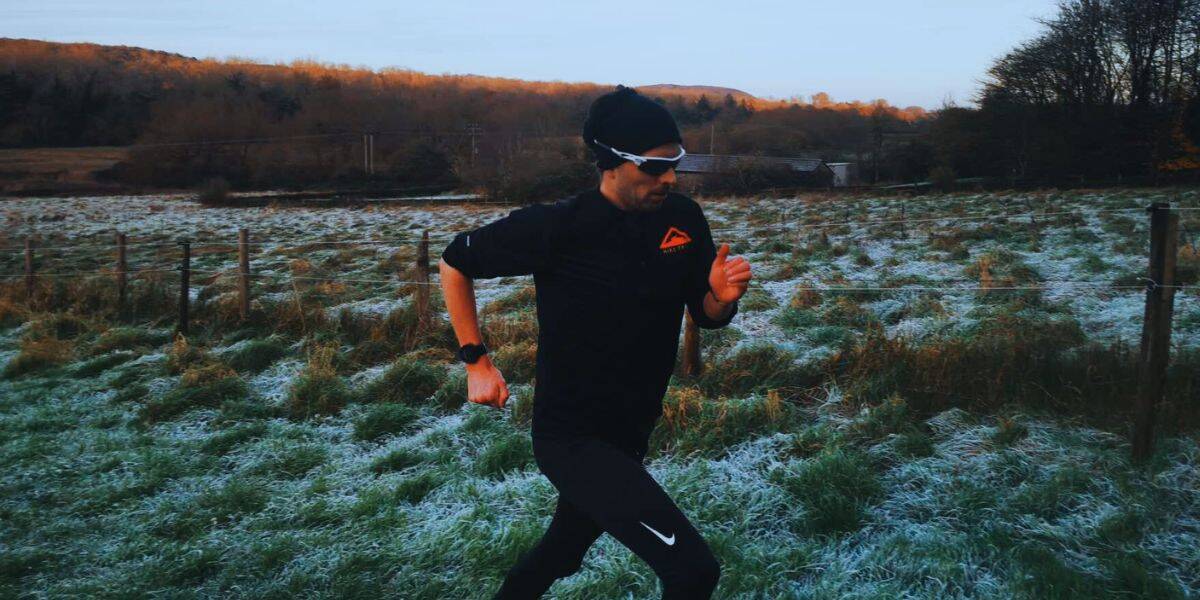
I've spent countless cold winter nights at the track, navigating frost-covered lanes and adjusting my workout plan on the fly.
When conditions turn icy, I'll run in whichever lane has the least frost, even if that means doing my intervals in lane 3 or 4. Alternatively, if conditions are too bad, we will switch the workout to a grass or treadmill session, as no one wants to pick up an injury.
These experiences teach adaptability—a crucial skill for race day when conditions rarely align perfectly with your expectations.
The satisfaction after completing a tough winter workout is unmatched.
When you finish a long run that started in pouring rain, then sit down with a friend over a warm drink, that sense of accomplishment carries through the entire day.
These are the moments that build the mental strength needed to push through the inevitable difficult patches in races.
Essential Gear for Winter Running

The right gear makes the difference between a productive winter training block and a miserable experience that leads to skipped workouts.
After years of trial and error, I've learned exactly what works.
Base Layers: Your First Line of Defense
Moisture-wicking base layers are great at keeping you warm and dry.
Materials like merino wool and polyester/nylon blends excel at pulling sweat away from your skin, preventing that clammy, cold feeling mid-run.
Avoid 100% cotton as it absorbs moisture and causes chafing. Long-sleeve base layers provide added warmth while maintaining breathability.
Your base layer keeps you dry and comfortable throughout your run, which is critical for maintaining body temperature during winter efforts.
Insulating Mid Layers
Once your base layer is in place, add insulating mid layers to retain body heat.
Fleece jackets, thermal long-sleeve shirts, and lightly insulated vests work well.
The key is finding layers that provide warmth without restricting movement.
You need full range of motion for running, especially during faster workouts.
Protective Outer Layers
Your outer layer should be windproof and waterproof while remaining lightweight.
A quality running jacket protects against the elements while allowing moisture to escape.
Winter Running Shoes
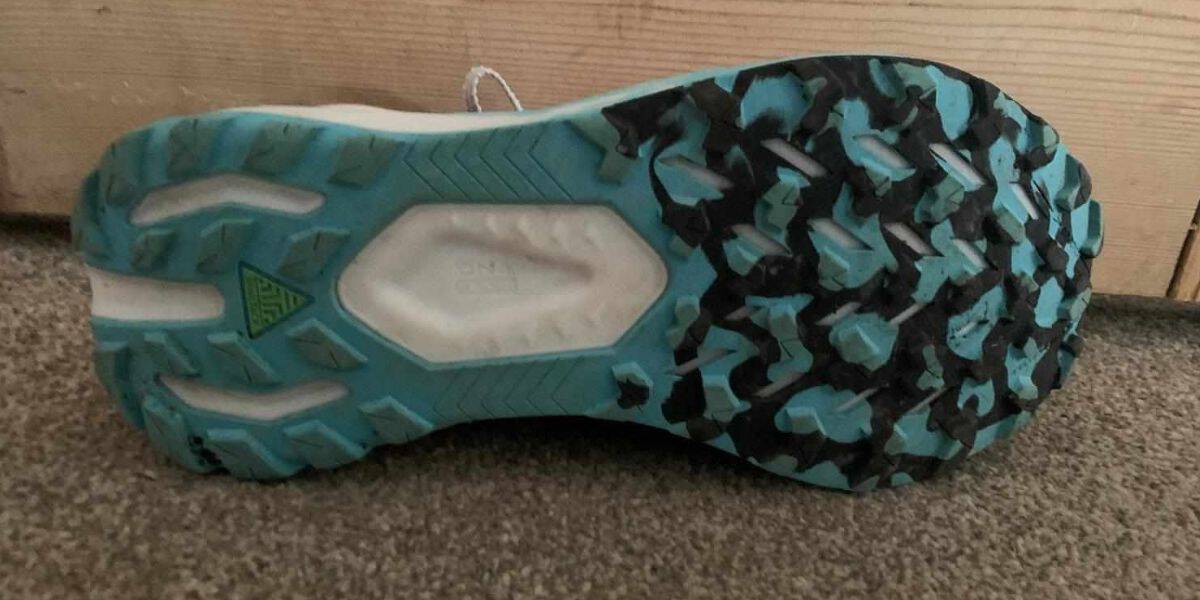
In the winter, you need to focus more on grip; wetter conditions, a layer of ice, and wet leaves can all make running more difficult. You may decide to go for a pair of trail shoes with deeper lugs that provide better traction on icy surfaces.
Winter running shoes often have a firmer build to maintain stability in cold temperatures. I look for shoes that trap heat effectively while still providing the responsiveness needed for quality workouts.
Additional Essentials
- Headwear: Breathable headbands or thin beanies prevent heat loss without causing overheating
- Gloves: Lightweight running gloves keep hands warm without bulk.
- Visibility gear: Reflective clothing and lights are essential during the darker winter months
Adapting Your Training for Winter Conditions
Winter training requires adjustments to your normal approach.
The principles remain the same, but execution changes based on conditions.
Training Locations and Surfaces
My winter training utilizes a variety of surfaces:
- Track: Great for structured workouts, also it's well lit and off the road and lanes, ideal for training in the dark evenings.
- Road: Small road loops near home rather than country lanes, improving safety and visibility
- Grass: More frequent grass sessions due to limited daylight and perfect preparation for cross-country racing.
- Treadmill: Reserved for tempo runs when the weather is particularly harsh or for nighttime sessions
This variety keeps training interesting while managing risk. Some days, running the workout on the treadmill is the smart choice rather than risking injury on icy roads.
Understanding Effort Over Pace
Winter is the ideal time to develop your understanding of effort and heart rate training.
Icy conditions, wind resistance, and variable footing mean pace becomes less reliable as a metric.
I use my Coros Pace 2 with a chest strap heart rate monitor for accurate data.
During winter, I focus on staying below 130 BPM on easy runs, ensuring proper recovery between harder sessions.
A common mistake I see runners make is getting disappointed when they don't hit their target splits in winter conditions. The workout's value comes from the effort, not the pace on your watch.
Learning to run by feel and effort during winter makes you a smarter, more adaptable athlete. This skill translates directly to race situations where conditions or fatigue require adjusting pace as you go.
Sample Winter Workouts
Threshold Session (Zone 4, Under 170 BPM): 5 x 6 minutes at threshold effort with 90 seconds recovery.
Zone 2 Long Run (Under 130-140 BPM): 12-16 miles at conversational pace, the foundation of winter training. These runs build aerobic capacity and mental endurance.
Zone 5 Leg Turnover (Maximal Effort): 10 x 1 minute hard with 1 minute recovery. This session maintains leg speed and makes easier paces feel more manageable.
Steady State Run (Zone 3, Under 150 BPM): 4-5 miles sustained at a moderately hard but controlled effort. Over time, as fitness improves, you'll run faster at the same heart rate.
Safety Considerations for Winter Running
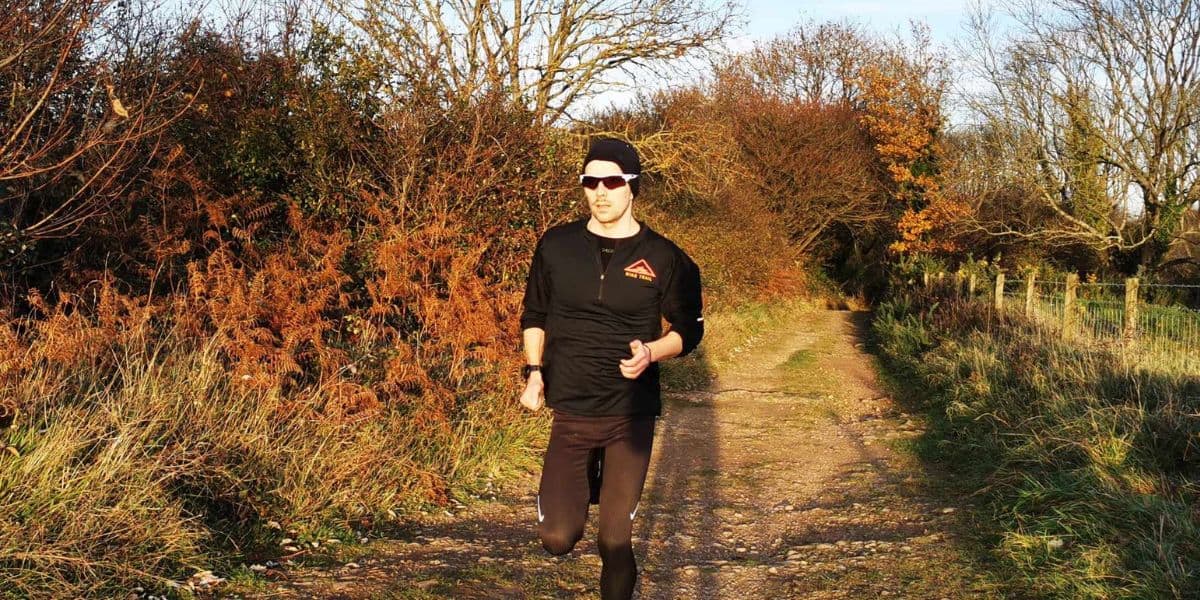
Safety becomes more critical during winter training.
Before heading out, I always check the weather forecast to be able to plan ahead, know what you are facing, and ensure it's safe to go out.
Route Planning
Plan your route in advance and share it with someone.
I adjust my running schedule to daylight hours whenever possible to enhance visibility.
When running in darkness is unavoidable, I wear bright colors and reflective gear. A headlamp and flashing rear light significantly improve visibility to traffic.
Managing Slippery Surfaces
Be mindful of slippery surfaces and standing water.
Black ice is particularly dangerous because it's nearly invisible. I've learned to adjust my pace and stride on questionable surfaces rather than pushing through.
Assess your surroundings constantly and be ready to modify your route based on trail conditions. Sometimes the smart choice is cutting a workout short rather than risking injury.
Breathing in Cold Air
Breathing cold air can be challenging, particularly during harder efforts.
It's advisable to run at a slower pace during extremely cold weather to prevent respiratory irritation. If you notice tightness in your lungs, slow down or shorten your strides.
If this is an issue, I would definitely consider the treadmill or a gym workout. There are plenty of things to try that can really help your turnover and fitness.
Post-Run Recovery
Post-run recovery becomes even more important in winter. I quickly change out of wet clothes to prevent my body from cooling down too much.
Keep dry clothes readily available immediately after finishing your run. I keep a full change of clothes in my car or have them ready by the door.
Proper recovery ensures you're ready for your next quality session, which is critical when building toward spring race goals.
Hydration in Winter
Hydration remains crucial even though you may not feel as thirsty. You still sweat and lose fluids during winter runs.
Sweat evaporates more quickly in cold environments, creating a false sense of hydration.
I make a conscious effort to hydrate regularly throughout the day, not just during runs. The cold doesn't stimulate the thirst response effectively, so you must be proactive about fluid intake.
Adjusting Pace and Mileage for Conditions
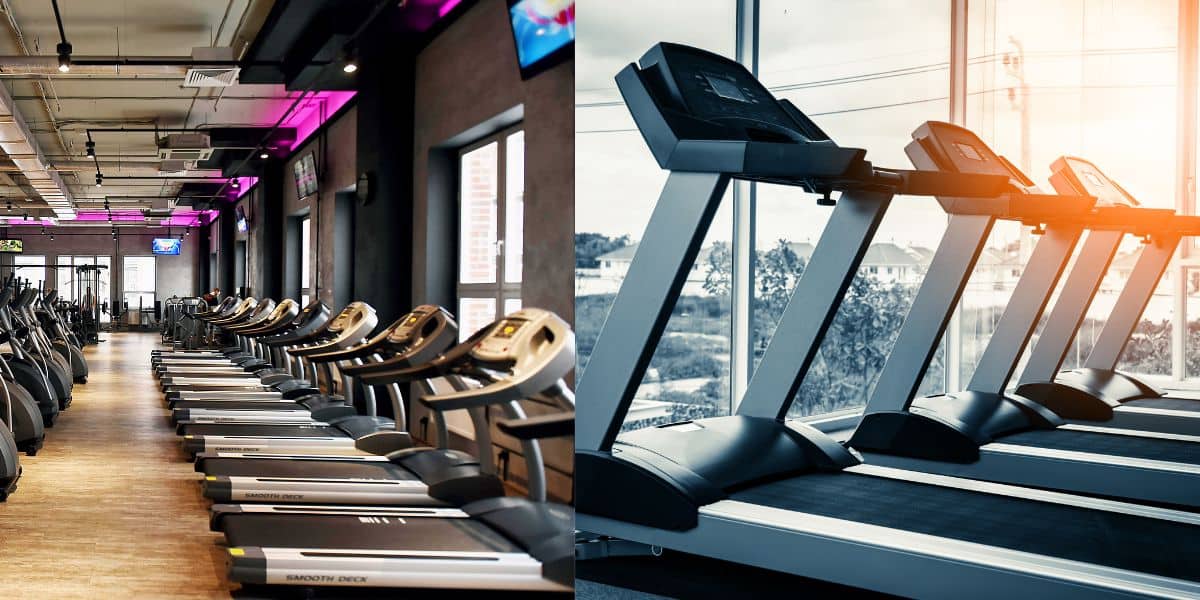
Winter is not the time to chase specific paces. Icy conditions significantly affect traction, requiring you to slow down for safety.
Running at a consistent, steady pace helps manage the effects of cold and variable terrain. If conditions are particularly challenging, walking or shortening your stride is the smart approach.
The goal during winter is building your aerobic base—the foundation that supports spring speed work. Focus on consistent effort and accumulating training volume rather than hitting specific paces.
As a coach, I emphasize to athletes that winter training is about building the engine. Speed will come naturally once you've built the aerobic foundation.
Building Toward Spring Goals
Winter training blocks have produced my best spring performances. Consistent winter training led to multiple sub-32-minute 10Ks and my 1:09 half-marathon.
The new year brings fewer holidays and social commitments, allowing focused, disciplined training. Many runners find they can maintain consistency more easily during the winter months.
Set a spring race as your goal to provide motivation throughout winter training.
Whether it's a 5K, 10K, half-marathon, or marathon, having a specific target keeps you accountable during tough training days.
Currently, my goal is to break 31 minutes in the 10K. With my current personal best of 31:13, I know I need sufficient time to achieve that goal—which is why I'm focusing on building my aerobic base through consistent winter training.
Coaching Insights: Common Winter Mistakes
Through coaching, I've observed several common mistakes that limit winter training effectiveness:
Not adjusting expectations for conditions: Athletes get disappointed when they don't hit summer paces in winter conditions. Winter is the time to focus on effort, not pace.
Inconsistent training: Skipping runs because it's cold or dark derails progress. The athletes who show up consistently, or adapt the session, are the ones who break through in spring.
Neglecting recovery: Winter's darkness can disrupt sleep patterns. Prioritize recovery just as much as hard workouts.
Overdoing intensity: Winter should emphasize aerobic base building. Too much high-intensity work without adequate base leads to burnout and injury.
Inadequate gear: Runners who don't invest in proper winter gear are more likely to skip workouts. Proper gear makes winter running manageable and even enjoyable.
The Long-Term Perspective
Winter training is an investment in your spring and summer performances. The consistency and discipline developed during cold, dark months compound over time.
Remember that becoming a faster, stronger runner is a journey measured in months and years, not days and weeks.
The most successful runners I've coached share one trait: they embrace the daily process of getting better, regardless of the weather.
Those tough winter workouts—the frost-covered track sessions, the long runs that start in pouring rain, the treadmill tempos when conditions are too harsh—these are what separate runners who achieve their goals from those who fall short.
Every winter run is a deposit in your fitness account. When spring arrives and conditions improve, you'll withdraw that investment with interest through faster times and breakthrough performances.
Summary
Winter running isn't just about maintaining fitness—it's about building the aerobic foundation and mental toughness that produce spring breakthroughs.
By investing in proper gear, adjusting your training approach for conditions, focusing on effort over pace, and maintaining consistency, you can emerge from winter stronger and faster than ever.
Your commitment to showing up, day after day, is what will separate you on race day.
So layer up, head out into the cold, and remember: spring breakthroughs are built on winter foundations.
Frequently Asked Questions
What are the benefits of running in cold weather?
Cold-weather running builds mental toughness and aerobic capacity while allowing you to sustain harder efforts without heat stress. The cooler temperatures make it easier to maintain higher intensities, and the discipline developed translates directly to race-day performance.
What gear do I need for winter running?
You need moisture-wicking base layers (merino wool or polyester blends), insulating mid layers like fleece, and a windproof/waterproof outer shell. Winter running shoes with good grip are essential.
Should I adjust my training paces in winter?
Absolutely. Winter is the time to focus on effort and heart rate rather than specific paces. Icy conditions, wind resistance, and variable footing make pace less reliable.
How do I stay motivated during winter training?
Set a specific spring race goal to provide purpose to your winter training. Find training partners for accountability, track objective metrics like heart rate to see fitness gains, and embrace winter as an opportunity rather than something to endure.
